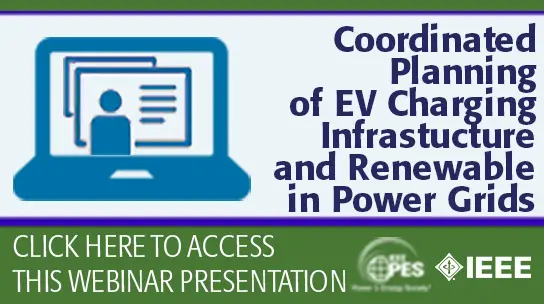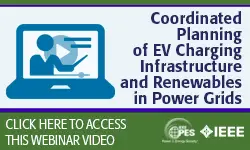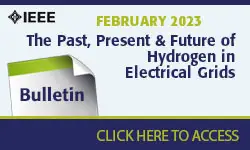-
Members: FreeSponsoring Society
IEEE Members: $45.00
Non-members: $70.00Pages/Slides: 50 pages
26 Jan 2022
In this white paper, IEEE Smart Grid and its team of contributors offer some fact-based thoughts to power North American utilities’ push toward developing sound Electric Vehicle (EV) charging strategies, focusing here on light-duty passenger vehicles, such as cars and sport-utility vehicles. The bottom line is that, done right, EVs may prove to be good for these utilities and their ratepayers.Inspired by the actions and results of some of North America’s leading utilities, we identified three value streams supporting the business case for utilities to support public EV charging in North America. First, research has shown that light-duty passenger EVs generally put downward pressure on electricity rates through increased demand requiring relatively little incremental investment, although the extent of this varies between utilities. Second, EV drivers are also prime targets for other utility programs (like energy efficiency) because they are among the most digitally engaged of all customers. Finally, leading utilities see new business opportunities from home, public and workplace charging.However, for utilities to capture the value from the irreversible transition into EVs, they must develop new skills. As we will see, on the consumer side, EV drivers are dissatisfied by public charging, a barrier to adoption that increases range anxiety. Meanwhile, public charging stations are often not, by themselves, covering their costs, although they are essential for EV adoption. Furthermore, many utilities are driving blind through the transition — not even knowing when, how, or where charging occurs on their own electricity grid — or even who’s charging.


